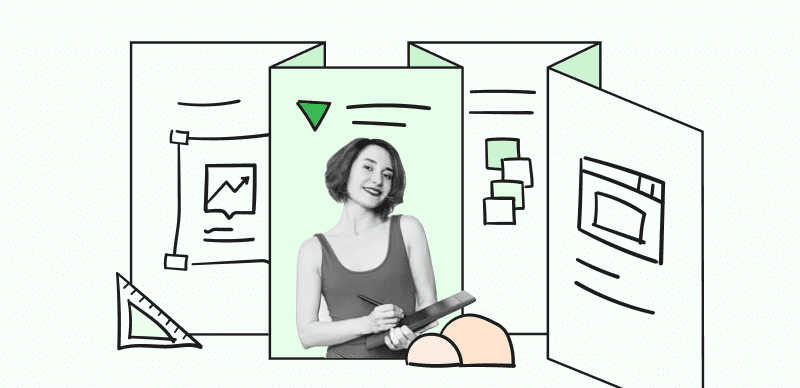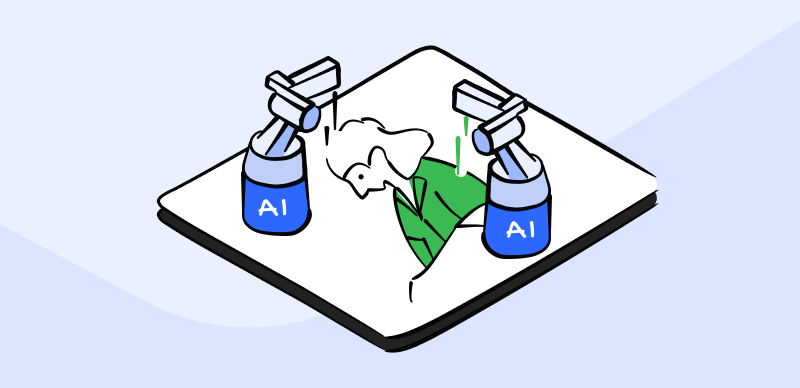Modern times have made design an essential part of our daily lives. Everything we use, from clothes to homes, was made purposefully. The effective design makes a product more appealing to the eye and memorable while also increasing its usefulness and practicability. As more products are created for digital platforms, design becomes an increasingly important factor in today’s rapidly evolving digital era.
Material design is a handy and famous design system in this digital world. Despite being widely adopted by designers and developers, many people are unaware of Material design and its core principles. In this article, we will dive into the world of Material design and explore its main principles and why it is essential for designing digital products that are both visually appealing and intuitive to use. So, please stick with us to learn more about this innovative design system.
Table of Contents: hide
What is the Meaning of Materials Design?
What is the Meaning of Materials Design?
Are you wondering what Materials design is and what the fuss is about? Look no further! In 2014, Google created a design pattern for people in the digital industry and has gained popularity recently. It provided them with an enhanced set of procedures and guidelines for creating products that would appear on the digital market. Besides this, they also provided advanced tools that helped them create fascinating digital marketing products such as websites, software, mobile applications, and much more.
The physical characteristics of materials like paper and ink are the foundation of the design system. A consistent and user-friendly experience designer across all platforms and devices is the main goal of Material Design. Aiming to be flexible and adaptable to various screen sizes and devices, Material Design emphasizes a minimal, bold, and purposeful use of color, typography, and imagery. Additionally, the use of motion is given significant weight in Material Design because it can improve user experience and give the user context.
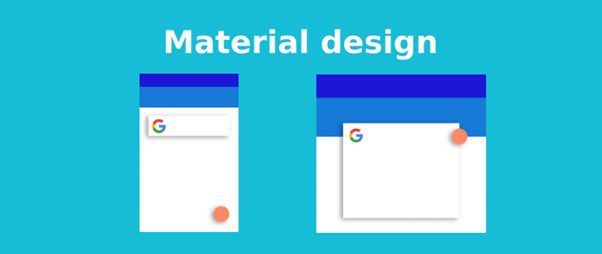
What Is The Meaning Of Materials Design
What Are the Core Principles of Material Design?
Looking for the core principles of Material design? You have come to the right place! The fundamental ideas of Material Design offer a thorough framework for creating functional and aesthetically pleasing digital products. By adhering to these guidelines, designers can produce a seamless and simple user experience that fulfills users’ needs and upholds the fundamental principles of the design system. So, let us not wait anymore and look into the core principles of Material design mentioned below:
Material is the metaphor
The “Material is the metaphor” principle is a fundamental aspect of Material Design that involves using the characteristics of real-world materials, such as shape, texture, and action, to create an interface that users can easily recognize and interact with. For instance, in Material Design, icons, and buttons are designed to resemble tangible objects, like a flat button that resembles a physical push button. This approach makes users feel more comfortable and confident using digital products.
Material Design aims to deliver a consistent and understandable user experience across all platforms and devices using materials as a metaphor. For instance, you would anticipate that a mobile app created using Material Design principles would resemble a website or desktop application created using the same design language. In addition to making it simpler for users to learn and use new interfaces, consistency fosters a sense of familiarity and comfort that may boost user satisfaction and engagement.

Material Is The Metaphor
Bold, graphic, and intentional
The emphasis on bold, graphic, and intentional design is another fundamental tenet of Material Design. This strategy uses typography, color, and imagery to communicate the intended message effectively, which entails building an understandable visual hierarchy. For instance, a mobile app created using the principles of Material Design might use a big, bold font for the app’s title to establish a distinct visual hierarchy. Similarly, contrasting colors can highlight crucial components, and subtle animations and transitions can help users navigate an interface.
Besides this, Material Design can improve the user experience and make digital products more engaging and memorable by using bold and intentional design elements. This method also aids in developing a consistent and recognizable design language that can be applied across multiple platforms and devices.
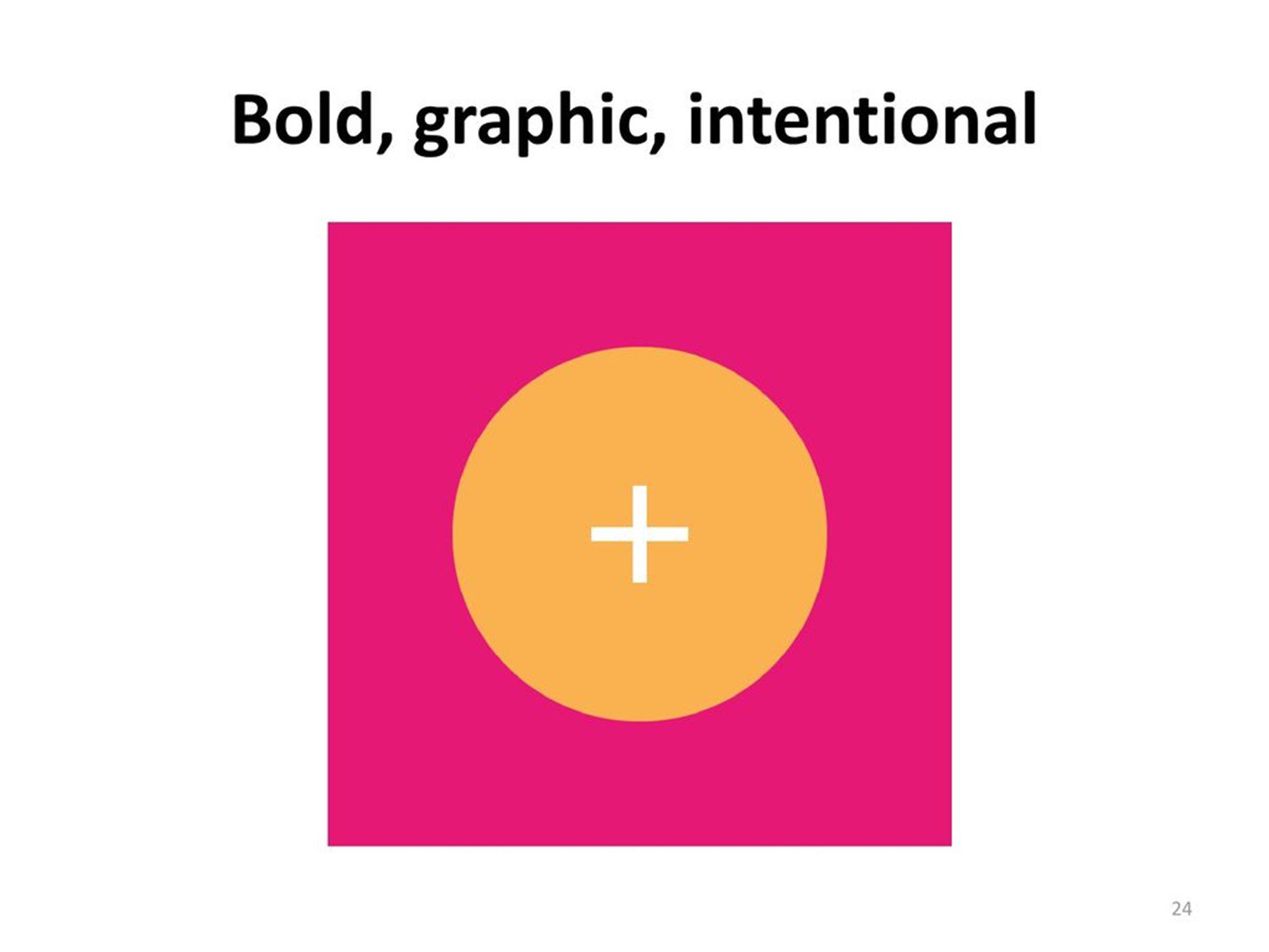
Bold Graphic And Intentional
Attention to Detail
The importance of detail is one of the fundamental principles of Material Design, which strongly emphasizes small but important details like animation design, shadows, and transitions. These elements are critical in creating a delightful user experience and increasing product engagement. It ensures that every aspect of the user interface is optimized for maximum impact and usability by paying close attention to the small details.
Consider a mobile app created using Material Design principles in which when a user taps a button, the button may animate to show that the action has been registered. This animation can enhance the user’s experience with the app by creating a sense of interactivity and engagement. Similarly, shadows and transitions can make elements appear more tangible and add depth and realism to the digital space. These seemingly insignificant details can significantly impact the user experience, making it more enjoyable and memorable.
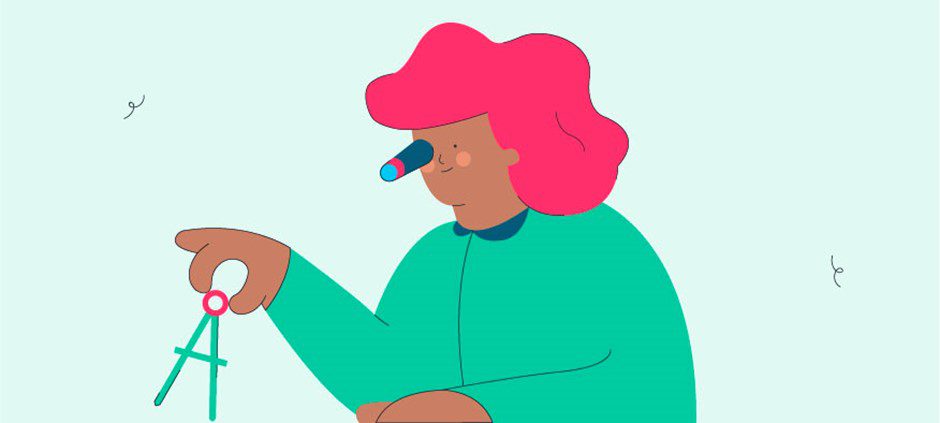
What do Material Designers Do Today?
Are you wondering what material designers do? Let us help you! Material Designers play a vital role in creating digital products that are both appealing to the eye and highly practical and provide an intuitive and engaging user experience. They adhere to the core principles of Material design and collaborate closely with the board of directors, Dev team, production team, and other stakeholders to understand user needs to help them make the right final output that fulfills the user’s expectations.
Behind the final product’s delivery, countless drafts and prototypes are made, and upon its evaluation, the errors and fixed. Material Designers use Material designs to make these prototypes and mockups. Besides this, they also create design specifications and paperwork to assist developers in implementing the design elements with great precision. In addition to that, Material Designers are accountable for ensuring that the digital products they design are accessible, responsive, and optimized for various screen sizes and devices.

What Do Material Designers Do Today?
Frequently Asked Questions
Are you still ambiguous and have doubts regarding Material design? Worry no more! This section will answer some of the commonly asked questions to help remove any doubts and have a better understanding, so let us not wait anymore and look into the answer to some commonly asked questions mentioned below:
1. What are the benefits of Material Design?
Material Design offers its users countless benefits that help them make a product that fulfills the user’s requirements and is aesthetically pleasing. Some of the advantages that Material Designers get benefit from are mentioned below:
- Creating Dynamic and responsive products.
- Consistent and well-managed products
- Enhances user experience
- Improves flexibility.
2. How many components are there in the material design?
Material Design includes many components that can be used to create digital products such as websites, mobile apps, and software applications. These components are organized into five categories based on their purpose, making it easier for designers and developers to select the appropriate component for their needs.
- Actions
- Containment
- Navigation
- Selection
- Text input
3. Can we use Material Design?
Since Material Design is based on open-source code and is adaptable to various platforms, including iOS, Android, the web, and Flutter, anyone can use it. It is a well-known design language that offers a dependable and understandable user experience on various platforms and devices. Designers and developers can use its guidelines and elements to produce stunning and useful digital products. Gmail, Google Drive, and Airbnb are just a few well-known websites and apps that have already embraced Material Design.
4. Is Material Design only for mobile app design?
No, Material Design is not just for apps supported by mobile phones. It can be used for various digital products, including desktop software, web applications, and even tangible goods with digital interfaces. Due to the design language’s adaptability and flexibility, it can be used with various platforms and gadgets. This makes the tool even more handy in creating products for larger displays like digital flex boards, projectors, etc.
5. What are some real-world examples of products that use Material Design?
Google’s suite of products, including Gmail, Google Drive, and Google Maps, are some of the most well-known examples of real-world products that use Material Design. These products use Material Design’s bold and intentional design elements, clear hierarchy, and visual hierarchy to create an amazing experience for consumers. Besides this, Dropbox also uses Material designs to engage customers on its responsive platform.
Final Words
To sum up, Material Design is a design language that emphasizes the development of aesthetically pleasing, responsive, and adaptable digital products that offer a simple and enjoyable user interface. In this article, we have discussed what Material design is and what the hype is and highlighted some of its core principles. We hope this article’s in-depth discussion of Material Design has given readers some insightful information. If you thought this article was useful, please spread the word to your acquaintances and colleagues and give us your comments in the space provided below.


